My wife and I raise layers and we have one too many cockerels from a batch of chicks we got six months ago. We have two in with ten pullets, and that's too many. He's destined for
chicken stock.
Since we'll be doing this again many times in the future as we homestead, I decided to make a kill cone instead of buying one. The only sheet metal I had on hand was some 16oz copper leftover from making a moonshine still eight years ago. I since quit drinking and gave away my still to a friend, but now I wish I still had it to make hydrosol's among other things with herbs, but that's another
thread. So using what I had on hand, I made a kill cone this morning. Any sheet metal that's thin
enough to shape will work. It's pretty easy to do and here's how I made it:
I made a trapezoid stencil on paper and cut it out. The short side is 12 inches, the long side is about 28 inches, and the height is 16 inches. This will make a small opening of a little over 3 inches, and a large opening of around 9 inches.
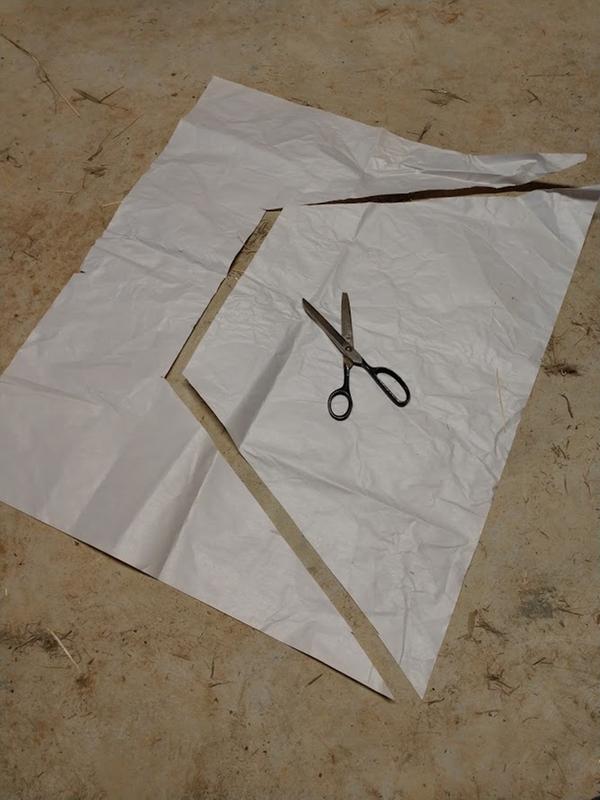
I rolled up the paper to see what it looked like and figured it'll work.
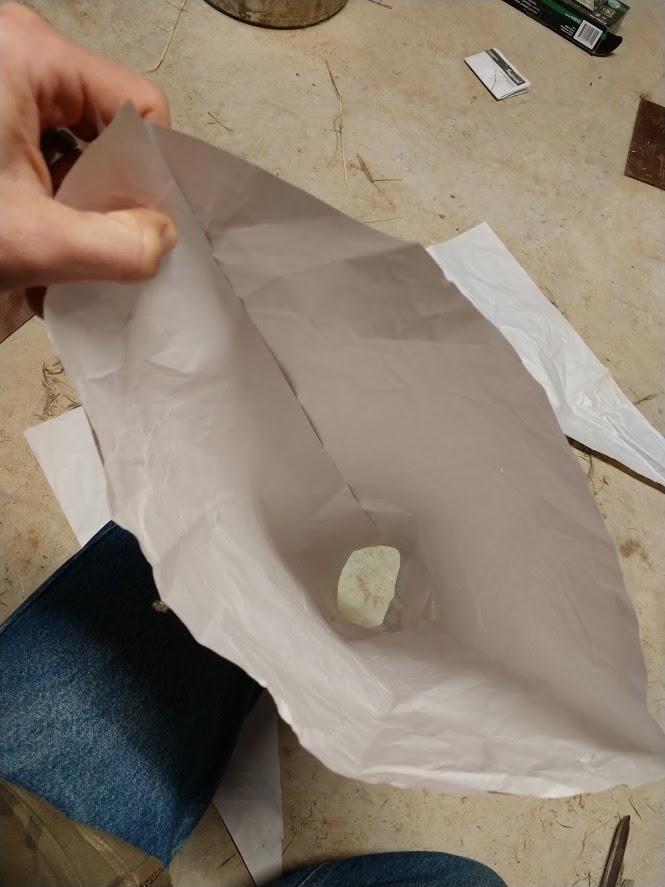
I placed it on my leftover copper sheet and realized it didn't fit, so my cone shrunk to 13 inches tall to get it to fit.
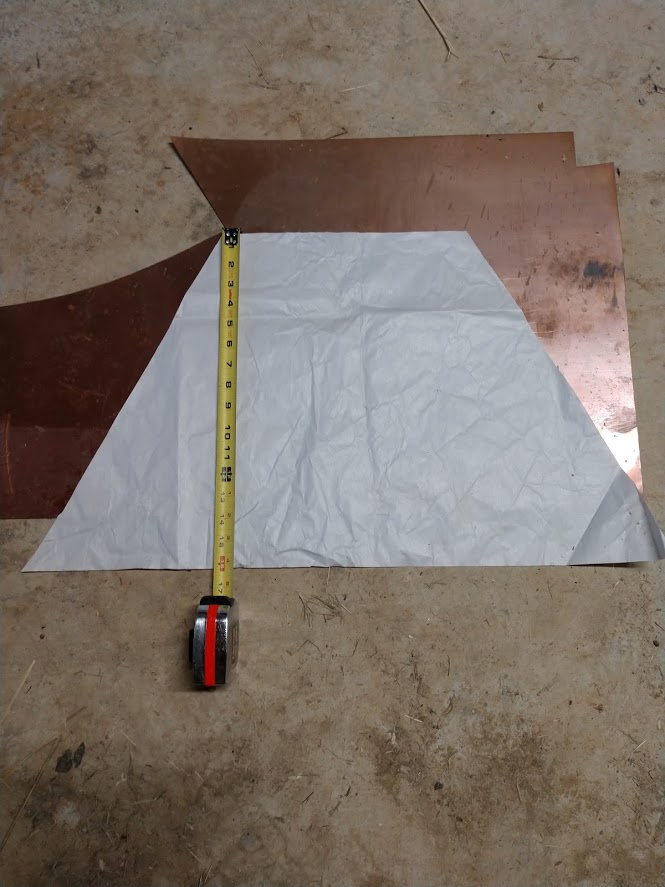
I then used my framing square to scribe straight lines and cut it out with my shears.
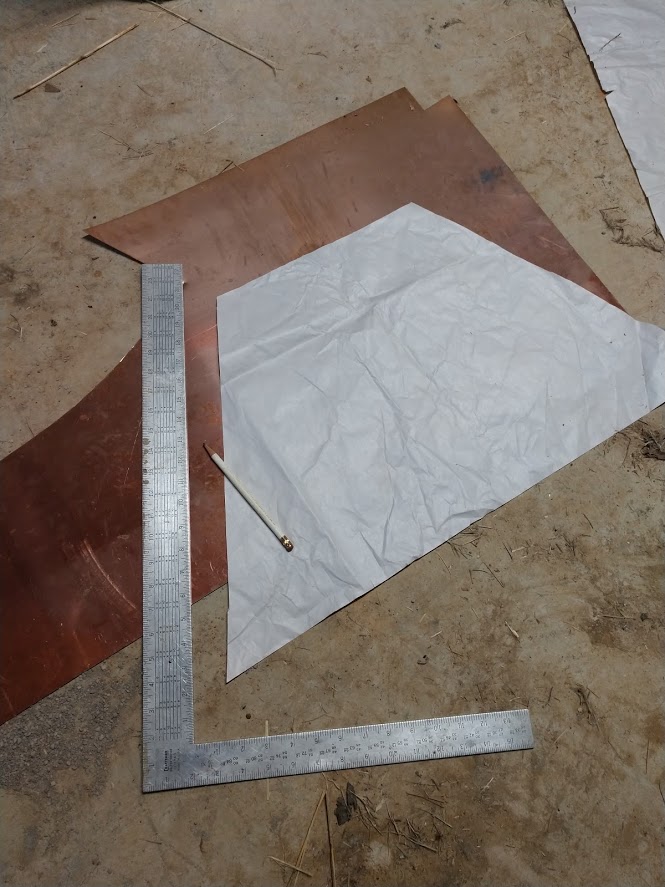
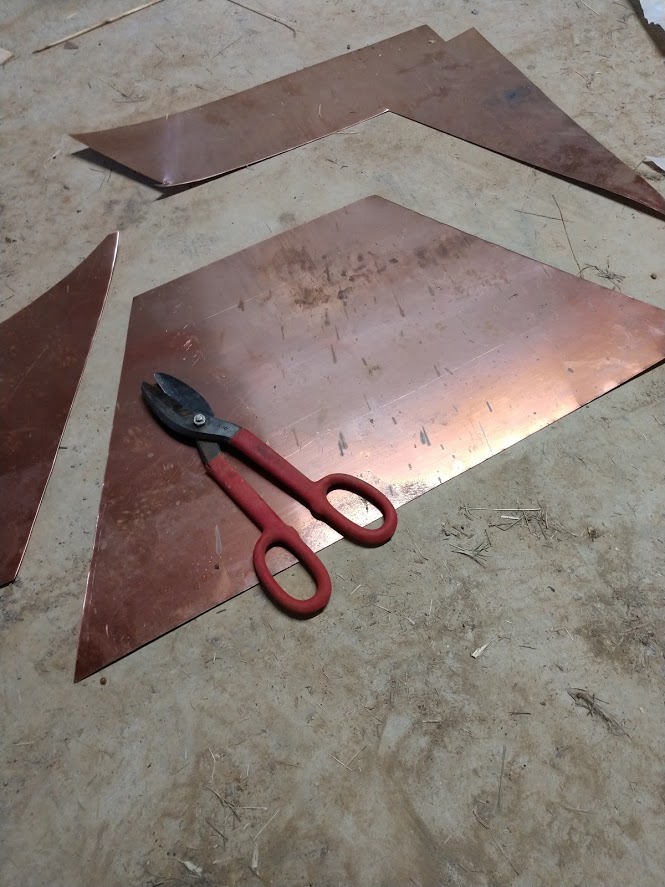
After gently rolling the copper trapezoid back and forth working it towards its final shape, I drilled pilot holes down one side. I realized I needed more than two hands to line things up and fasten it together so vise-grips to the rescue.
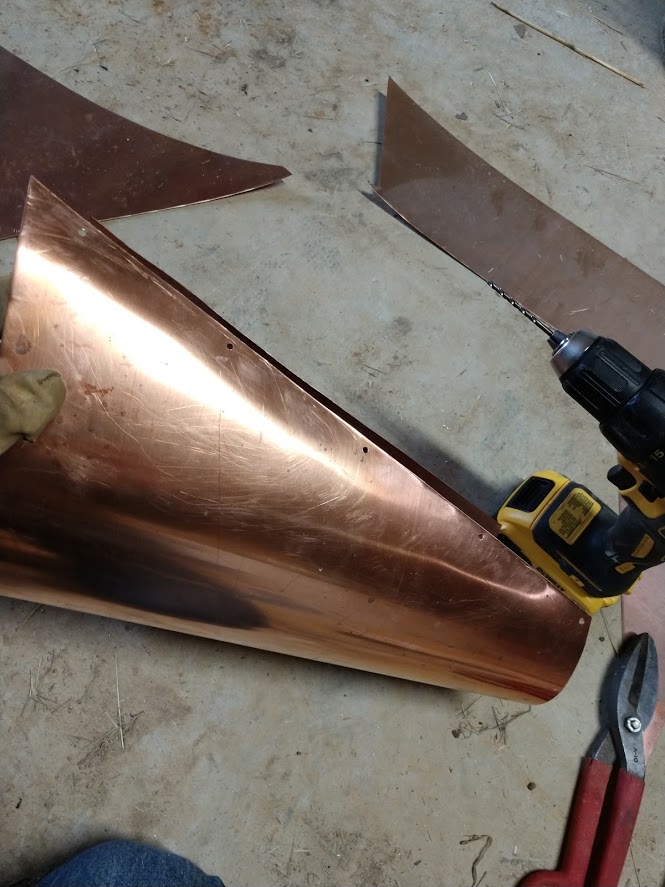
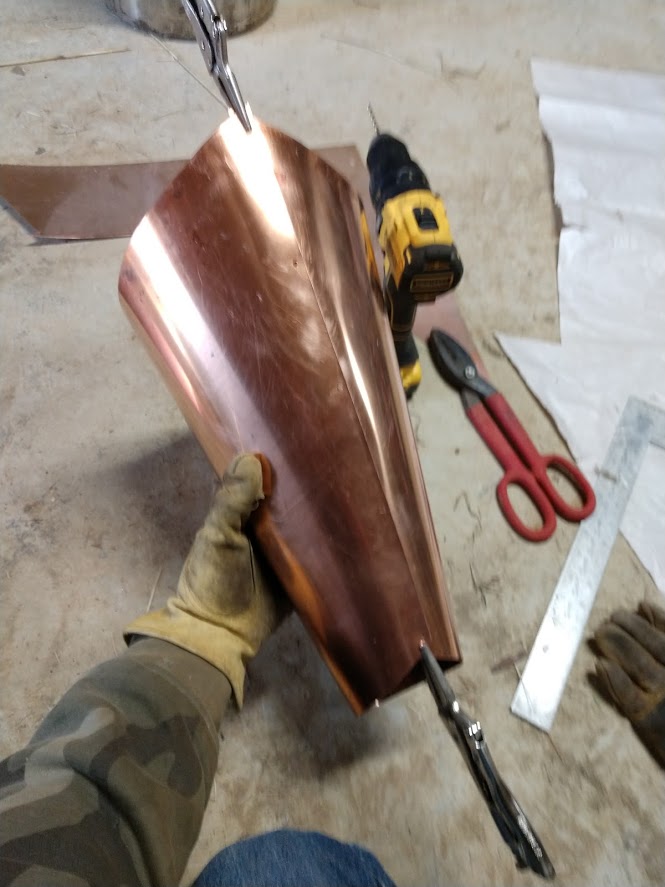
I have leftover rivets from installing a metal roof on my home, so after using the pilot holes to drill the other side, I proceeded to fasten the ends together with pop rivets.
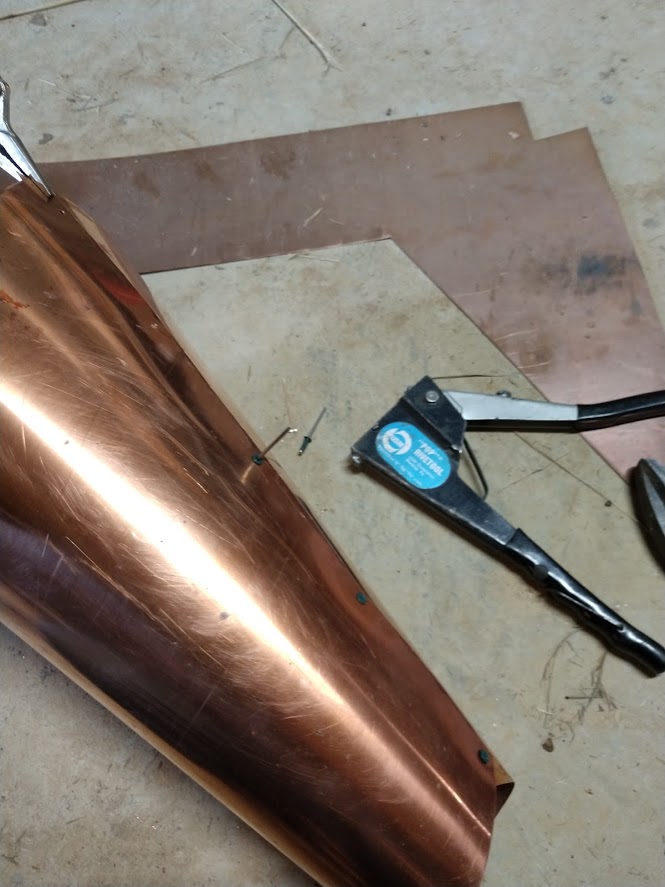
All fastened together, I removed the vise grips and looked things over and said to myself "that'll do".
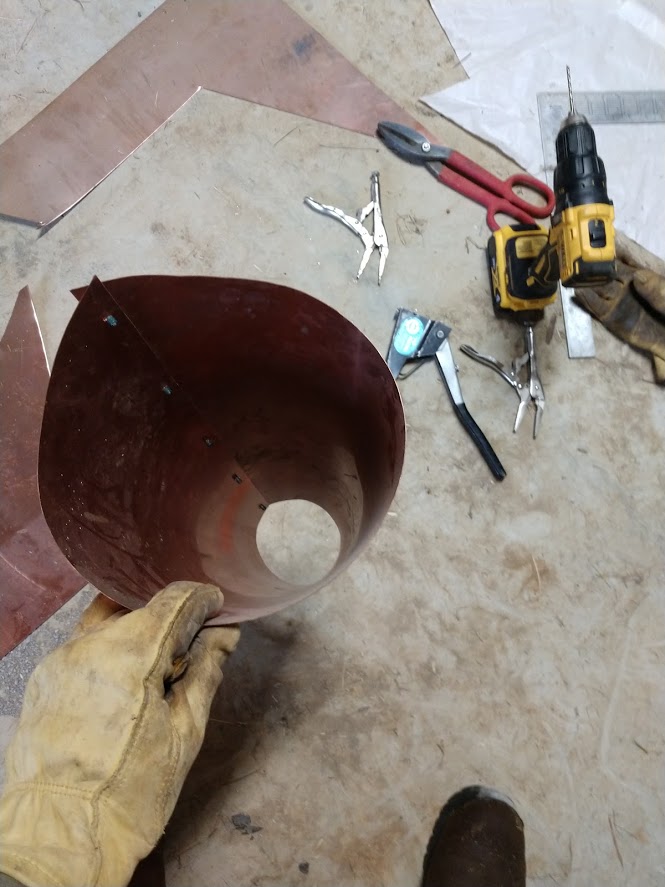
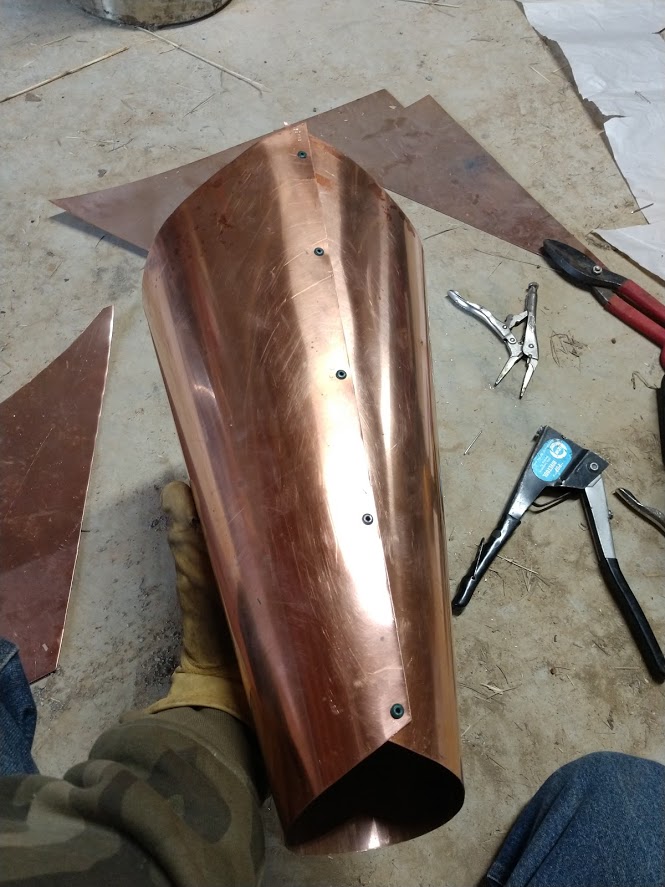
I trimmed off the sharp pointy corners on the top end and drilled a pilot hole for a screw to hang it.
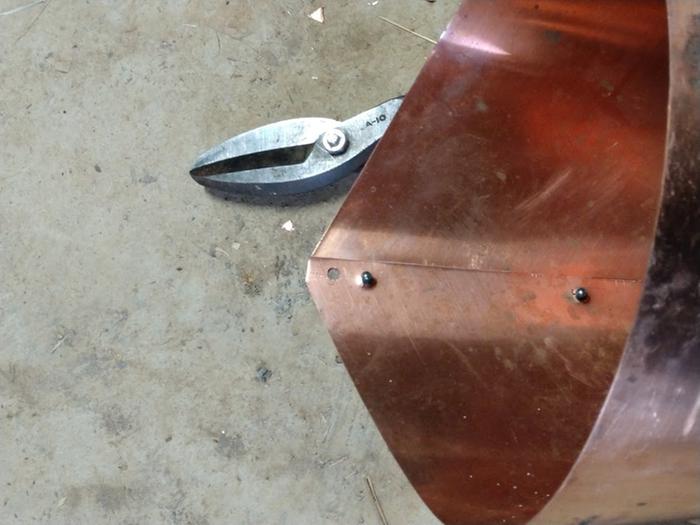
All finished I placed it on a cedar tree. I'm looking forward to see what kind of patina it will develop sitting outside as the years go by.
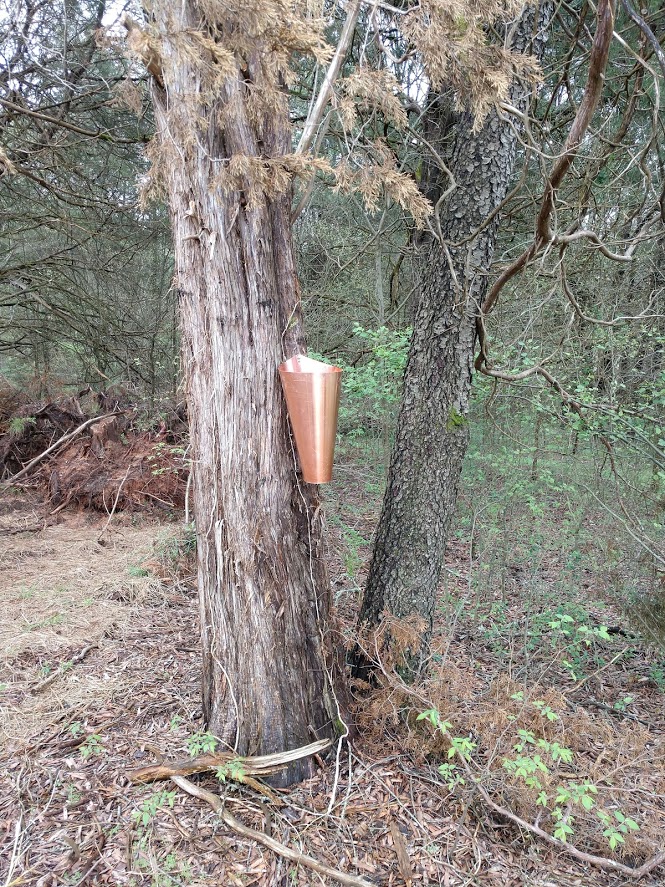

 7
7
















 5
5




![Filename: chicken-becoming-food.jpg
Description: [Thumbnail for chicken-becoming-food.jpg]](/t/137421/a/102908/chicken-becoming-food.jpg)
 6
6








 1
1




 3
3




 2
2




 3
3




 2
2




 3
3




![Filename: Steel-cone-measuring.jpg
Description: [Thumbnail for Steel-cone-measuring.jpg]](/t/137421/a/113191/Steel-cone-measuring.jpg)
![Filename: steel-cone-cutting.jpg
Description: [Thumbnail for steel-cone-cutting.jpg]](/t/137421/a/113192/steel-cone-cutting.jpg)
![Filename: steel-cone-riveting.jpg
Description: [Thumbnail for steel-cone-riveting.jpg]](/t/137421/a/113193/steel-cone-riveting.jpg)
![Filename: finished-steel-cone.jpg
Description: [Thumbnail for finished-steel-cone.jpg]](/t/137421/a/113194/finished-steel-cone.jpg)





